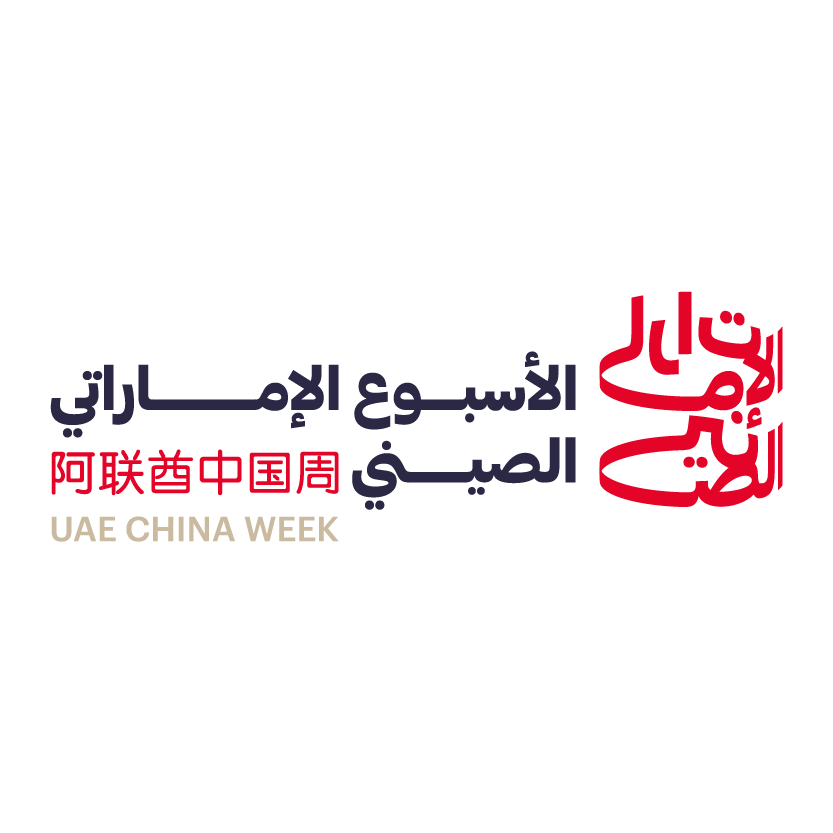ID :
498215
Sun, 07/15/2018 - 16:09
Auther :
Shortlink :
https://oananews.org//node/498215
The shortlink copeid
UAE, China: Model for strong ties

ABU DHABI, 15th July, 2018 (WAM) -- The UAE and China are keen to reinforce and strengthen their overall ties, including in the tourism sector.
The strength of their bilateral ties has contributed to the significant growth of the number of Chinese tourists visiting the UAE, which totalled some one million tourists in 2017, as well as to their growing mutual commercial and economic investments, which exceeded US$50 billion last year.
The developing ties between the two countries are based on their political relations, which began in 1984. The UAE opened its embassy in Beijing in 1987, while China launched its embassy in Abu Dhabi in 1985, and its general consulate in Dubai in 1988.
The UAE has exerted considerable efforts to attract Chinese tourists, along with other tourists from around the world, by providing them with a superior stay in the country. More Chinese tourists have stayed in hotels in the UAE since the start of 2018 than any other nationality.
The UAE is a special destination for Chinese tourists, as the country has combined originality and modernity, and the Department of Culture and Tourism – Abu Dhabi is exerting considerable efforts, in cooperation with local tourism authorities, to facilitate the arrival of Chinese tourists, revive the tourism sector, and provide an attractive tourism experience. World-class facilities have also been established in the emirate to meet the needs of Chinese tourists, especially in terms of language, means of payment, entry visas and the availability of flights through a new fleet of aircraft.
The nation's strategic decision to grant Chinese tourists an entry visa upon their arrival has resulted in a fivefold increase in visitor numbers.
The cultural and tourism ties between the two countries have also witnessed a boost since the UAE invited China to be a guest of honour at the Abu Dhabi International Book Fair in 2017. The UAE also hosted a high level delegation of Chinese writers and intellectuals, who enriched the cultural dialogue between both sides, and organised the launch of the Sheikh Zayed Centre's Library at the Foreign Studies University in Beijing during the book fair, in a bid to introduce Arab culture and promote cultural exchange between the two countries.
Chinese New Year, held in January of each year, is a major event in the UAE’s cultural agenda, and saw the participation of leading commercial establishments and attracted thousands of Chinese residents. There are also two branches of the Confucius Institute in the UAE, and both countries agreed, in 2015, to inaugurate the first Chinese International School in Dubai. The school’s inauguration took place in 2017.
The UAE is running several promotional campaigns in Chinese cities to introduce potential Chinese tourists to the UAE, which are supported by Emirates Airline and Al Etihad Airways. Both companies possess a fleet of aircraft and conduct over 150 flights on a weekly basis between the two countries.
Emirati tourists are particularly interested in visiting the Great Wall of China, which is located along the country’s northern and north-western border areas. The wall, which is about 2,400 kilometres long, is one of the world’s most famous heritage sites, and was named as one of the new seven wonders of the world in a 2007 international survey.
The Great Wall of China is one of the oldest defence and fortification projects in human architectural history and is a symbol of the country, and showcases the advancement of the ancient Chinese people. The wall was built during the period of the warring kingdoms over 2,000 years ago, and is a major project that consists of defensive walls, observation towers, strategic corridors, barracks, watchtowers and other facilities that helped facilitate defence, border controls, and trade of goods along the Silk Road.
Other key tourism sites in China include the Imperial Palace at the Forbidden City. With its landscaped gardens and nearly 10,000 rooms, the Forbidden City constitutes a priceless testimony to the Chinese Ming and Qing dynasties. The Forbidden City was declared a World Heritage Site in 1987, and is listed by UNESCO as the largest collection of preserved ancient wooden structures in the world.





